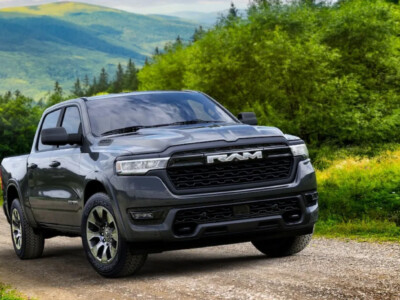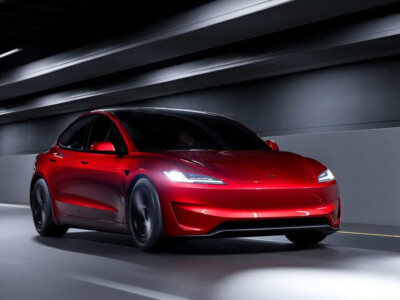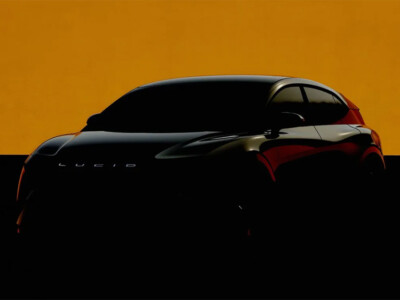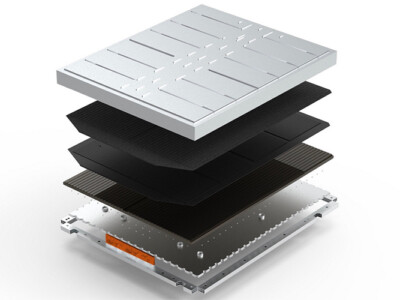

In 2008, Tesla revolutionized the automotive industry with the introduction of the Tesla Roadster, its first production vehicle. This two-seater sports car, powered entirely by an electric motor, offered a range of over 320 kilometers (200 miles) on a single charge, a significant milestone for electric vehicle technology at the time. With the Roadster, Tesla demonstrated the potential of high-performance electric cars, challenging traditional perceptions that electric vehicles were slow and had limited range.
Following the success of the Roadster, Tesla rapidly expanded its product portfolio with a line of electric vehicles designed for different market segments. These models include the Model S, a full-sized luxury sedan, the Model X luxury SUV, the more affordable compact Model 3 sedan, and the Model Y crossover SUV. These vehicles gained popularity not only for their impressive performance and range but also for their advanced technology and innovative design that set them apart from any other offerings in the automotive market.
Evolution of Tesla’s Best-Selling Models
Tesla Model 3
The Tesla Model 3, launched in 2017, is a compact luxury sedan that quickly became the best-selling electric car globally. This model has been crucial in establishing Tesla as a mainstream automaker, attracting a much broader audience with its more affordable price compared to other luxury electric vehicles. Its success has been so significant that the Model 3 remains a benchmark in the electric car market, thanks to its balance of performance, range, and cost.
Tesla Model S
Introduced in 2012, the Tesla Model S is a full-sized luxury sedan that has dominated the high-end electric vehicle market. This model has earned multiple awards for its combination of design, technology, and performance, becoming the top choice for buyers seeking a luxury electric car. The Model S has been praised for its incredible acceleration and range, surpassing many other electric and internal combustion vehicles in several aspects.
Tesla Model X
The Tesla Model X, introduced in 2015, is a luxury crossover SUV known for its futuristic design and innovative “falcon wing” doors. This SUV has been well-received for both its aesthetics and performance, becoming a consistent success among buyers looking for a spacious, high-performance electric vehicle. Additionally, the Model X is considered one of the safest and most technologically advanced SUVs in the global electric vehicle market.
Tesla Model Y
The most recent addition to the lineup is the Tesla Model Y, a compact crossover SUV launched in 2020. Although smaller than the Model X, the Model Y has been an outstanding success due to its more accessible and practical design for a general audience. Its arrival has further solidified Tesla’s position as a dominant leader in the electric vehicle market, becoming one of the best-selling models worldwide.
Tesla: Innovation and Cutting-Edge Technology
Tesla has successfully distinguished itself in the automotive market with a series of unique features that have become synonymous with the brand:
Electric Powertrain
All Tesla vehicles are equipped with electric motors powered by lithium-ion batteries, allowing them to offer superior acceleration and responsiveness. These motors generate instant torque, resulting in an agile and powerful driving experience. Moreover, the use of electricity eliminates the need for fossil fuels, contributing significantly to the reduction of carbon emissions.
Advanced Technology
One of the main reasons Tesla vehicles are so highly sought after is their integration of cutting-edge technology. From the autopilot system, which enables semi-autonomous driving, to over-the-air software updates that continuously improve the vehicle’s capabilities, Tesla has redefined what it means to drive a connected car. Tesla vehicles are also equipped with high-resolution touchscreen displays that control all car functions, from navigation to entertainment.
Extended Range
Range anxiety has historically been a major concern with electric vehicles. Tesla has tackled this issue head-on, with models that can exceed 640 kilometers (400 miles) on a single charge in some cases. This allows drivers to travel long distances without needing to recharge frequently, a key factor in the widespread adoption of Tesla vehicles.
Sustainable Materials
Tesla not only focuses on producing electric vehicles but also places a strong emphasis on sustainability across all aspects of its production. This includes the use of recycled materials, such as aluminum, and plant-based interior options. The company has aimed to reduce its environmental impact at every level, reinforcing its commitment to fighting climate change.
Tesla’s Global Expansion
Over the years, Tesla has expanded its global presence, establishing factories, offices, and service centers across multiple continents. Tesla’s headquarters are located in California, but the company also has significant manufacturing facilities in Fremont, Shanghai, and Berlin. These factories, known as Gigafactories, not only produce vehicles but also batteries and key components that power Tesla’s products.
In addition to its production plants, Tesla has a vast network of stores and service centers worldwide, from North America to Europe, Asia, and Australia. These locations allow customers to learn about and purchase Tesla vehicles, as well as receive post-purchase service and support. This global reach has been a crucial factor in Tesla’s exponential growth, positioning the brand not only as a car manufacturer but also as a leader in sustainable energy solutions.
Conclusion
Tesla has redefined the electric mobility landscape through its focus on performance, technology, and sustainability. From its first Roadster to the latest models like the Model Y, Tesla has consistently challenged market expectations, setting new standards for efficiency and design. The company’s global expansion and advanced infrastructure network continue to cement its leadership in the sector, paving the way for a cleaner, more sustainable future.







